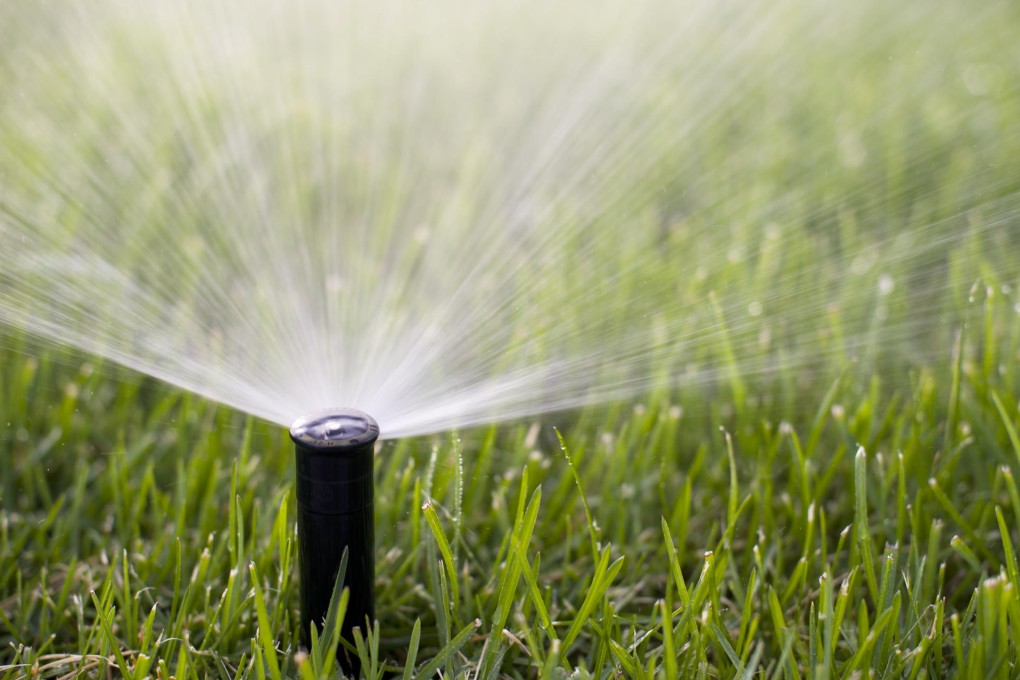Skyscraper sprinkler system seen as way to reduce China's air pollution

The idea came to Yu Shaocai while he was watching a garden being watered: to curb air pollution, why not spray water into the atmosphere from sprinklers atop skyscrapers and towers?
Yu, a former research physical scientist with the US Environmental Protection Agency, says his system "can be one of the permanent solutions to air pollution in megacities globally, in addition to other solutions such as emission controls".
If we are successful, our work can be followed by the other cities ... around the world
Yu, who is also a professor at Zhejiang University and North Carolina State University, has studied air pollution and wet deposition - the processes by which aerosols are scavenged by cloud and fog drops, rain and snow - for more than 30 years.
In an article published in the journal Environmental Chemistry Letters this month, Yu explains the mechanism of his geoengineering scheme and highlights its benefits: it could help to reduce the concentration of PM2.5 pollution - tiny particles in the air which are especially hazardous to health - efficiently to a safer level of 35 micrograms per cubic metre, and in as quick as 30 minutes.
In addition, the process is natural, technologically feasible, efficient and low cost. All the necessary technologies and materials required to make it work are already available, Yu says, from high buildings, towers and aircraft, to weather modification technology and automatic sprinkler heads.
Yu says his study report is based on theory, but he plans to begin tests on the mainland soon when he returns from the US. Experiments are under way to design a suitable water-delivery system to successfully implement the scheme.
"We will do some tests in Zhejiang University campus first and then Hangzhou city if everything goes well," he says. "If we are successful, our work can be followed by the other cities in China and around the world."